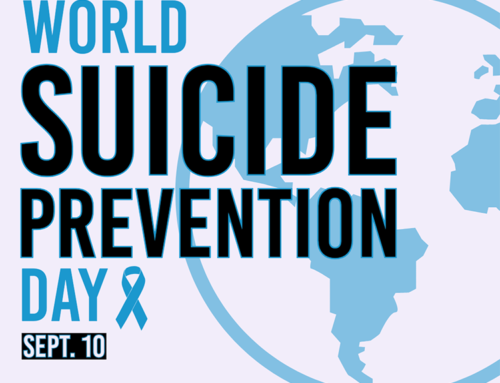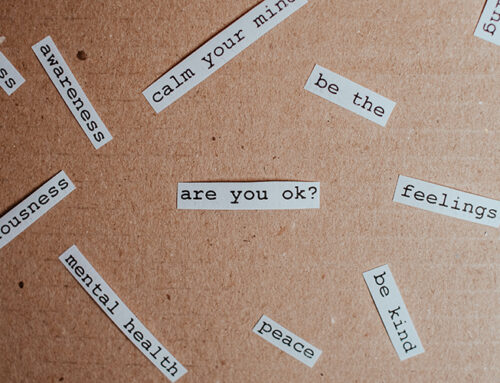In keeping with SAMHIN’s mission of greater dialogue on mental health in the South Asian community and to highlight the important work of others, we invited Elizabeth Kuriakose, a medical student pursuing a career in psychiatry, to share her struggles and experiences coping with troubling negative thoughts.
We have all been there – we struggled with feelings of anxiety and depression and endured thoughts of shame, guilt, or inadequacy. We have perseverated on past events – replayed them over and over, as if thinking about them constantly could somehow change the outcome. I have often wondered, why do we allow our feelings to become so crippling? Many years later I learned that even life’s most difficult circumstances can be restructured.
Cognitive restructuring (the process of learning to identify and challenge irrational or maladaptive thoughts known as cognitive distortions) is a tool utilized by many mental health providers to help patients cope with unwanted thoughts. Credited to Dr. Aaron Beck and Dr. Albert Ellis, cognitive restructuring allows us to rationalize and understand distressing thoughts. Although it is always best to speak to a professional when dealing with mental illness, we can utilize some of these simple tools and apply them to our daily lives.
One of the first steps of cognitive restructuring is being cognizant of our own internal dialogue or, simply, the voice in our head. We can start by first noticing our thoughts. Whether it be that embarrassing moment you keep replaying, a situation you wish you handled better, or anxiety surrounding an event – take that thought and challenge it. Ask yourself, is my thought based on facts? Are my thoughts contributing to my growth or are they perpetuating a vicious cycle? By asking ourselves these objective questions, we can pause, analyze, and challenge our internal dialogue.
The next step of cognitive restructuring is forming a rebuttal to the negative thoughts. In layman’s terms, flip the narrative. For example, if you were upset with how you dealt with a situation, rather than blaming yourself, give yourself grace. Take time to acknowledge that you did the best you could with the tools you had at the time. This method can be applied to even simple life stressors. Perhaps you had a conflict with a coworker. Rather than automatically assuming your coworker dislikes you, reframe that thought. Remind yourself, there usually is not a personal vendetta underlying these types of disputes. Allow yourself to challenge the thought in a rational way and let that moment go. This technique allows us to analyze and reframe negative emotions.
It is important to note that while restructuring allows us to cast negative emotions in a more positive light, it does not negate the validity of these emotions. Life can be difficult, and there is true pain in our traumas. It is always important to seek professional help whenever possible. However, we can utilize cognitive restructuring to help us navigate everyday stressors. Life does throw us some curveballs, but how we think about them defines how we can move forward.
 By Elizabeth Kuriakose
By Elizabeth Kuriakose
SAMHIN volunteer and medical student at LECOM Seton Hill pursuing a career in adult psychiatry.
We would love to hear your comments on this post.
Received this on social media? Subscribe to SAMHIN Blog to be notified when the next SAMHIN blog is published.
Feature image by betochagas on Freepik







Leave A Comment